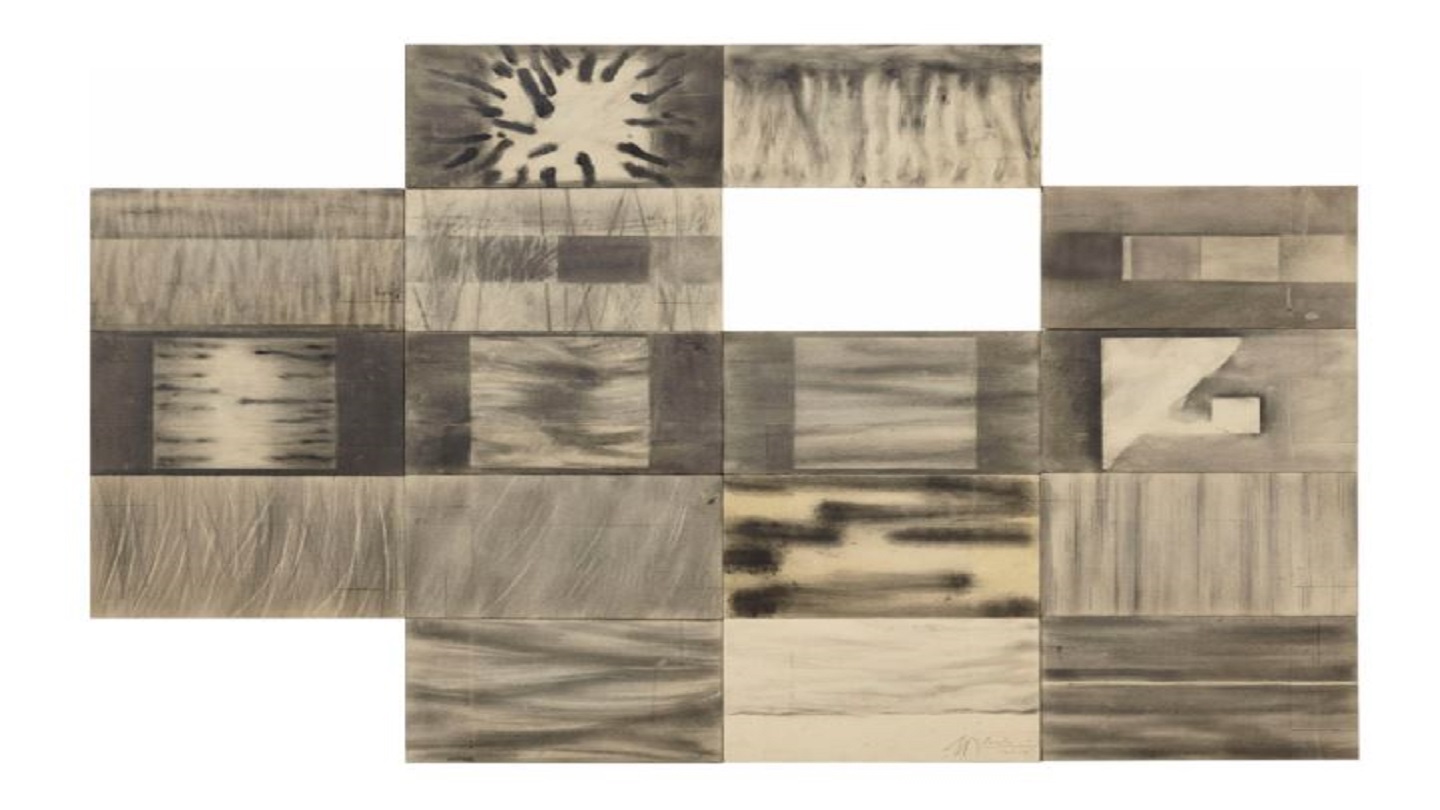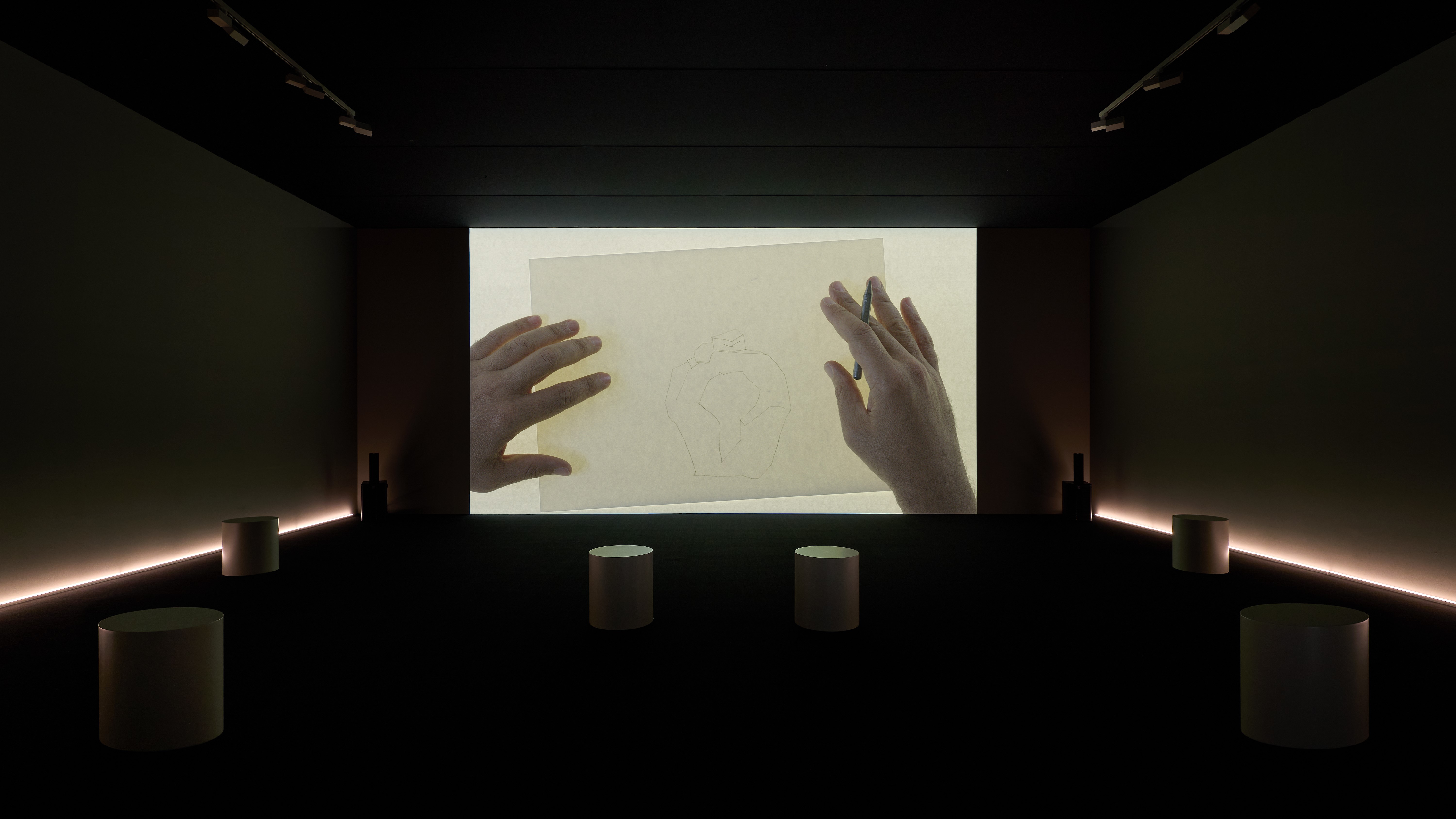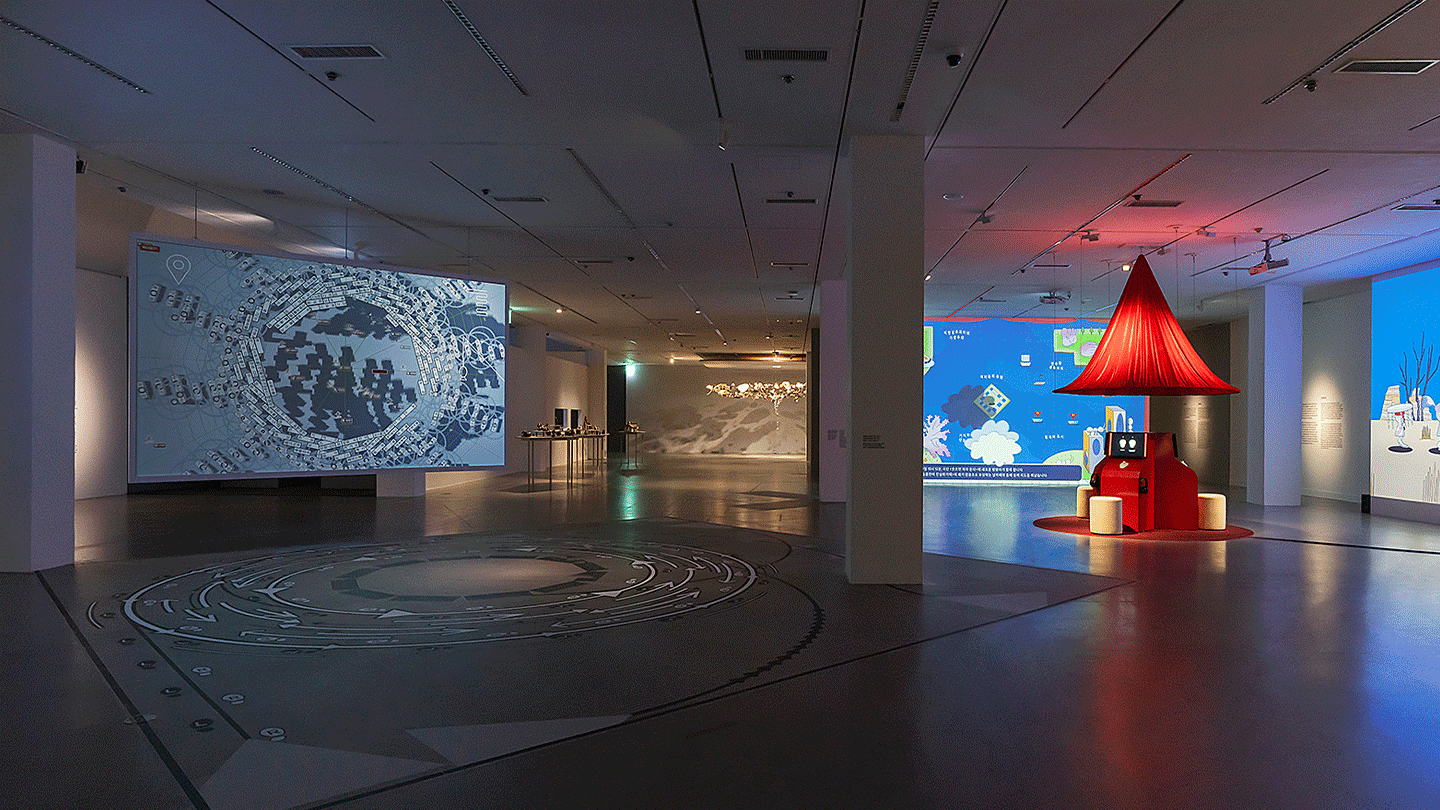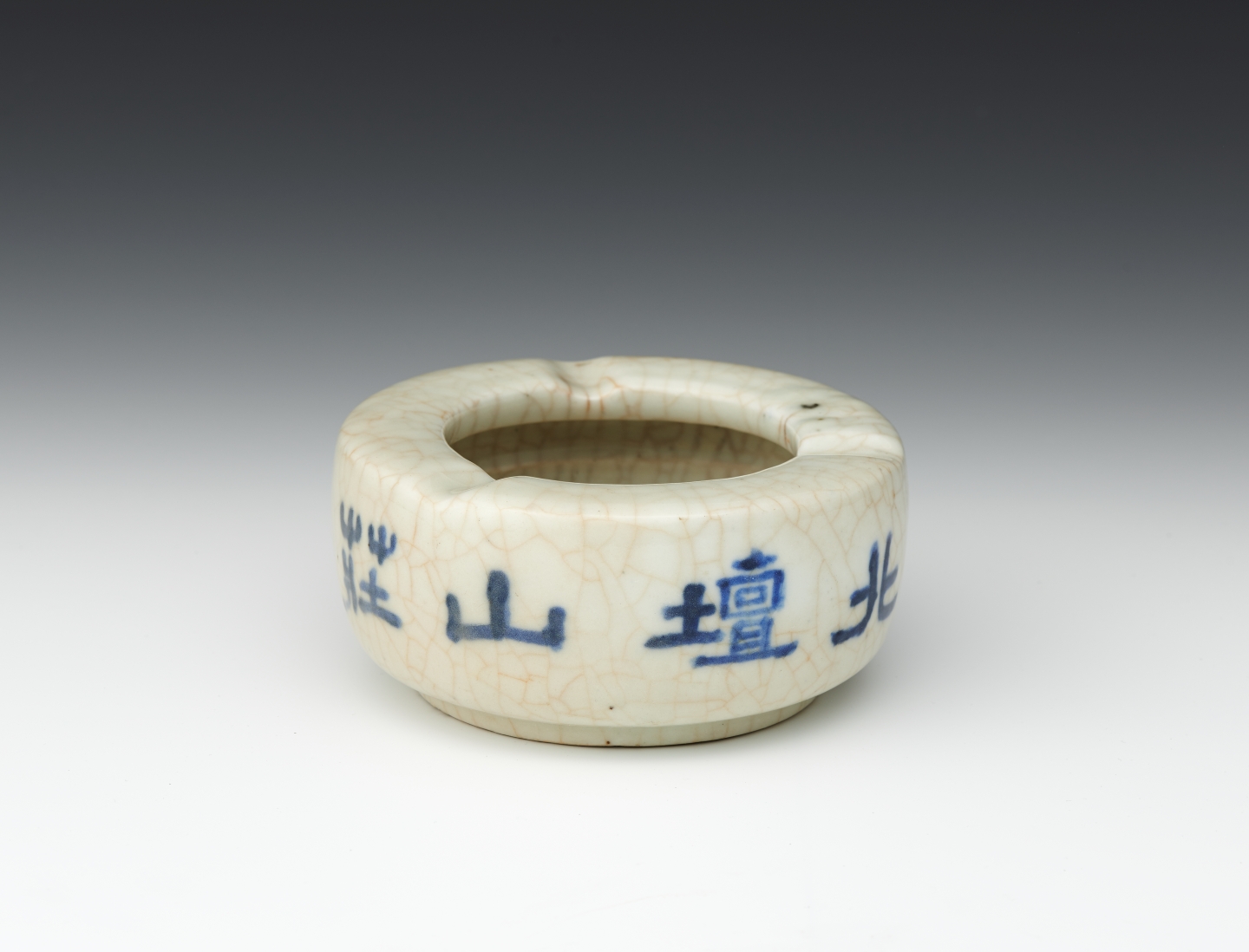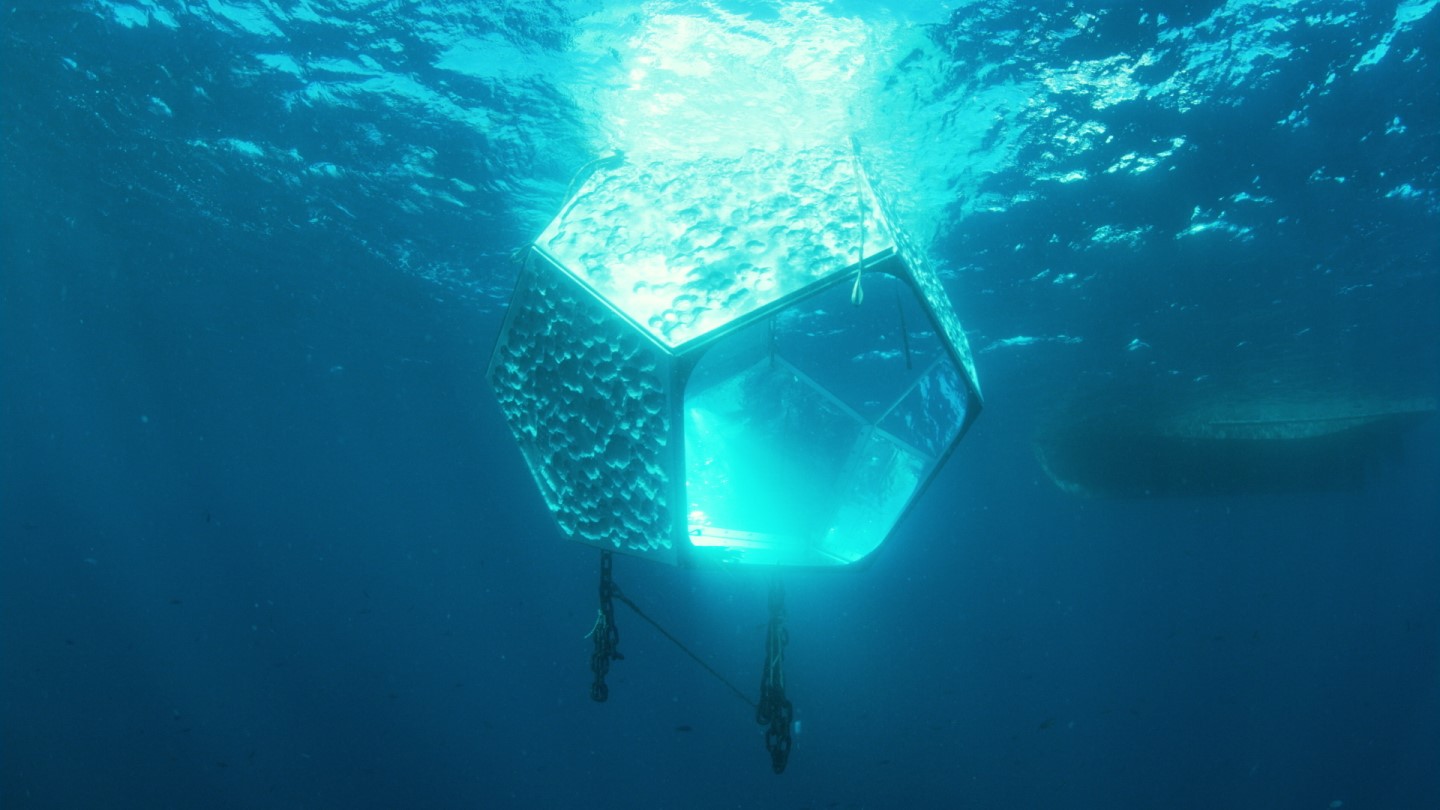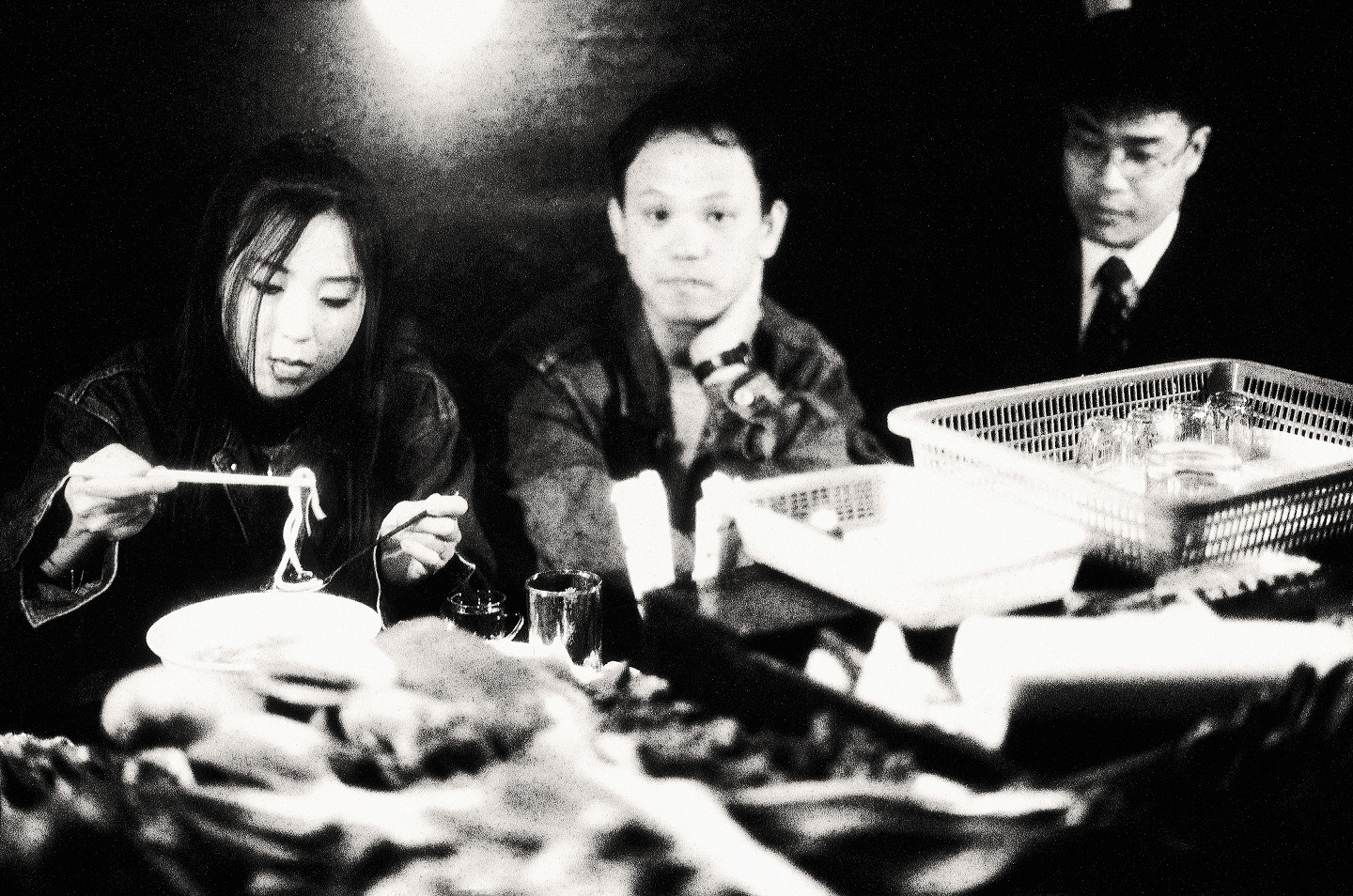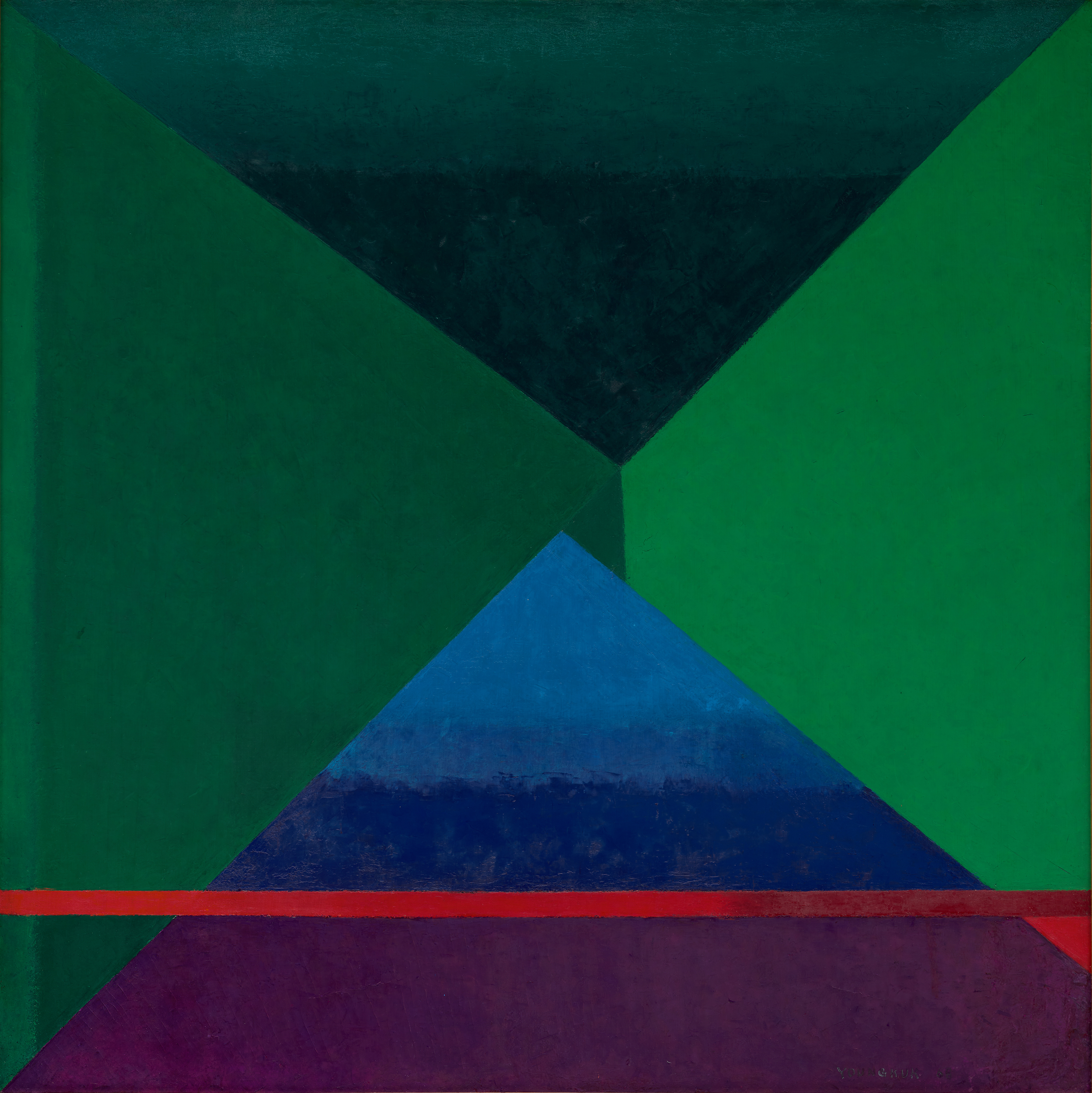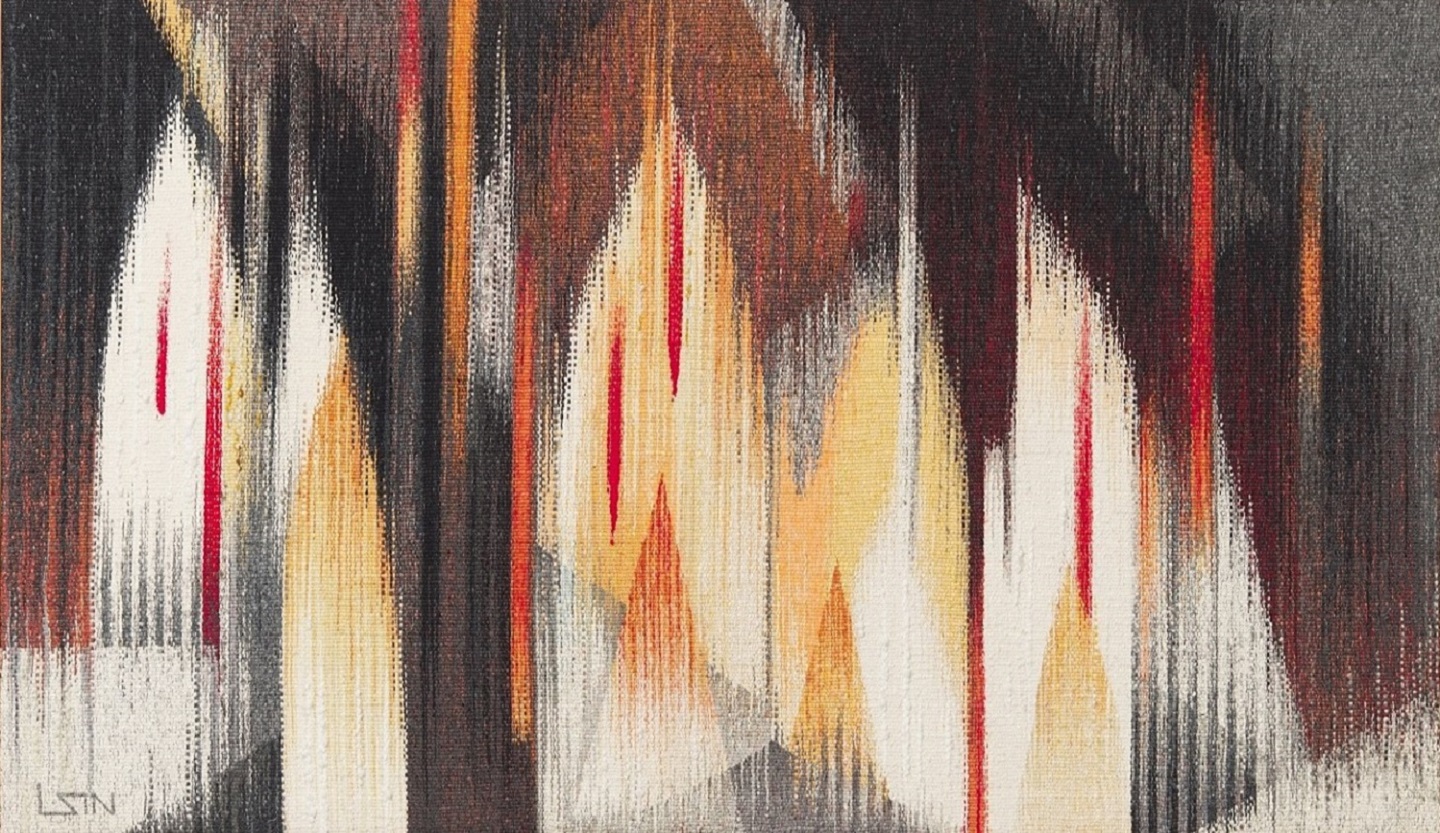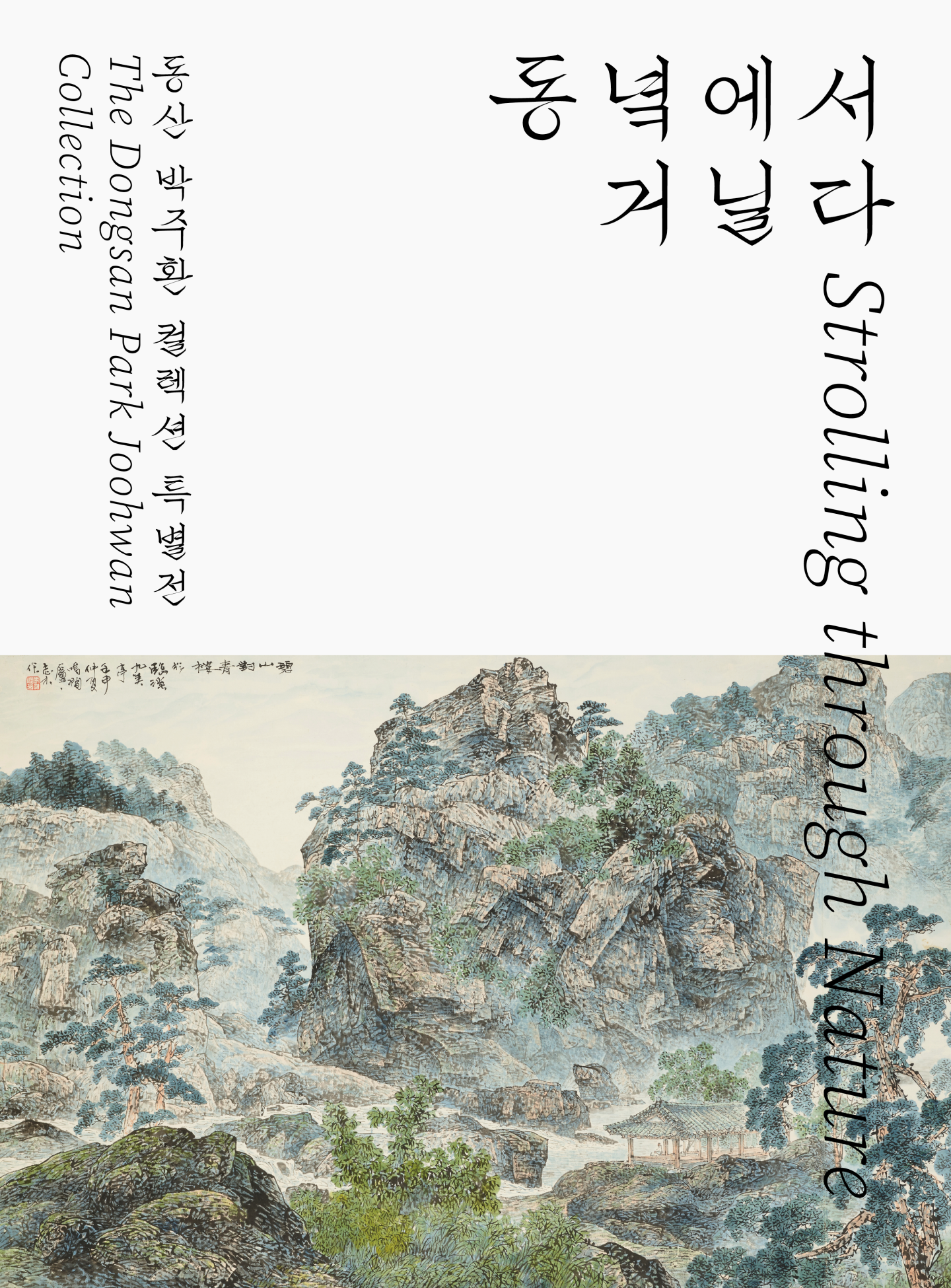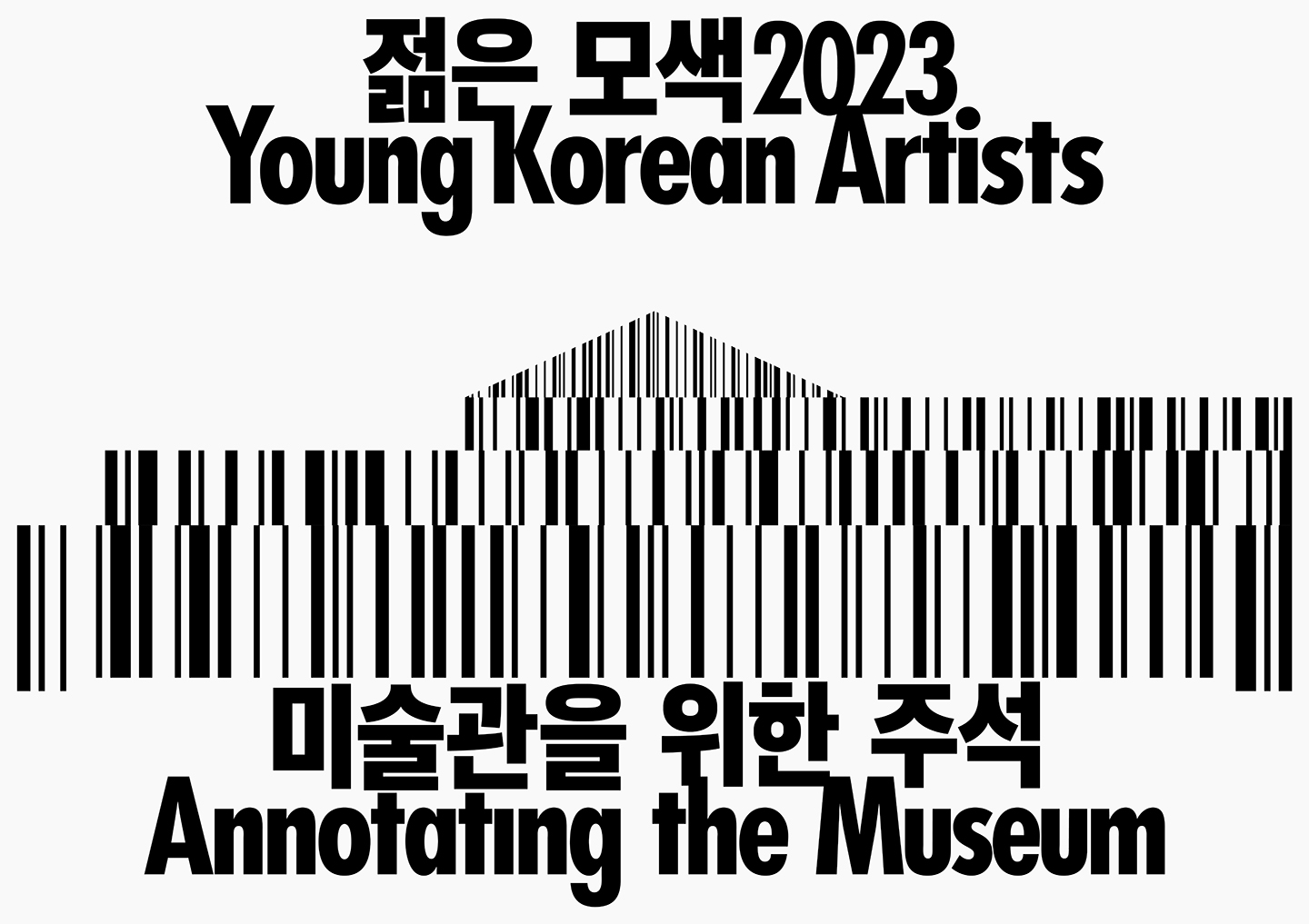July 19, 2024–February 2, 2025
313 Gwangmyeong-ro, Gwacheon-si
13829 Gyeonggi-do
Republic of Korea
Hours: Tuesday–Sunday 10am–6pm
T +82 2 2188 6000
Performative Home: Architecture for Alternative Living is an exhibition of architect-designed homes that examines post-2000 Korean contemporary architecture and residential culture from a sociocultural perspective, reflecting on the various styles and meanings of residence through the keywords “individuals,” “society,” “place,” and “time.” What do alternative forms of housing look like in Korea, where apartments are by far the most dominant housing type? What alternative ways of living can we imagine in this increasingly fast-evolving society where the family structure, lifestyle, economic structure, and climate are perpetually changing? Stemming from these questions, this exhibition explores points of connection between houses and the city at large.
Performative Home highlights a total of 58 houses designed by 30 architects (architect groups). What is ironic about this exhibition is that it deals with individual, non-apartment-type housing built between the early 2000s and the present, the very period in which apartments began to predominate Korea. The exhibition presents select houses whose architects can be pinpointed that also trigger sociocultural discussions. More importantly, it limits its subjects to non-luxury homes with a total floor area of 330 square meters or less. Having each been built on the realistic foundation of feasibility, these houses are considered achievable by most who aspire to build a home of their own. The exhibition also shares architects’ visions of and thoughts on the future home, captures the lives of the residents of featured homes that turned out to be more colorful the architects originally anticipated, and reveals how clusters of such unique houses coexist with the rest of Korea’s urban environment.
This exhibition ultimately seeks to convey the central message that diversity is both the key to creative ways of living and the premise of all artistic activities. Though the homes on view may not necessarily speak for majority housing and residential culture in Korea today, it is hoped that the stories behind them encourage viewers to draw connections between their own circumstances or environments and those of others.
